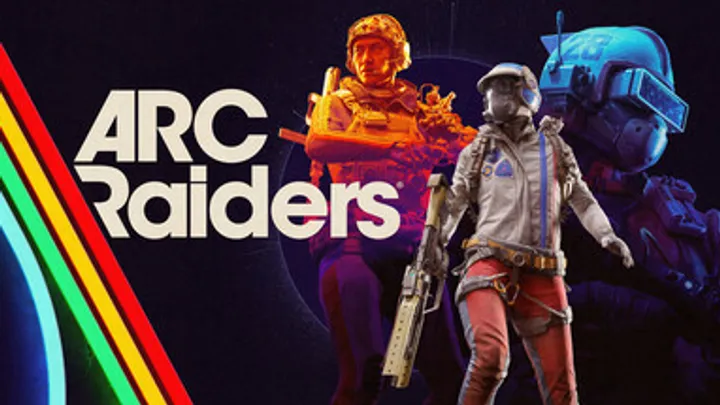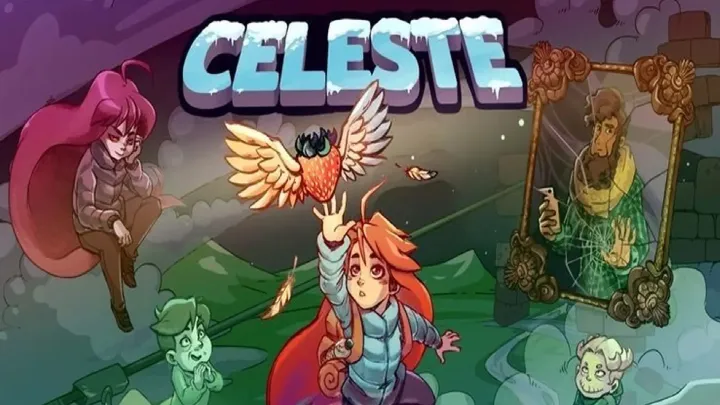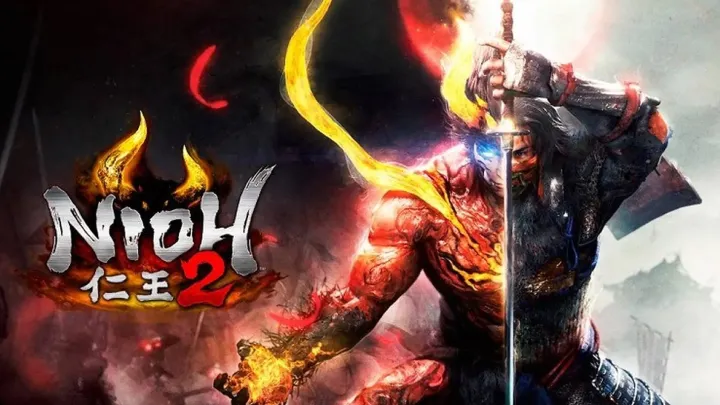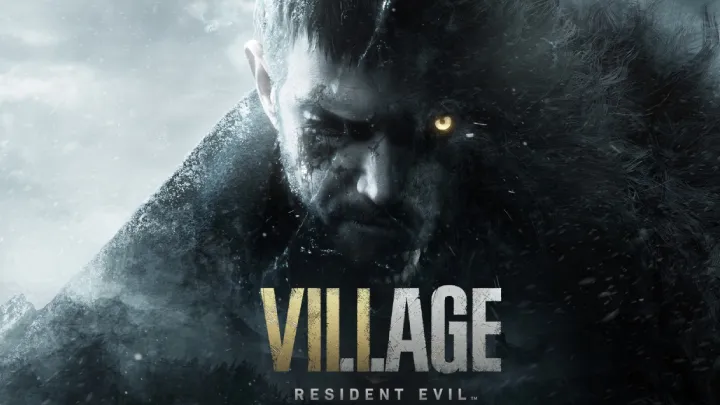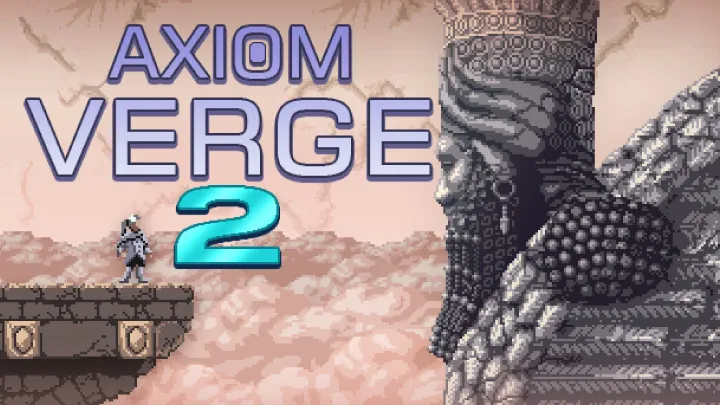
In the realm of indie video games, few titles have made as profound an impact as Axiom Verge 2. Released in 2021 as a sequel to the critically acclaimed Axiom Verge, the game expands upon its predecessor's unique mechanics and narrative depth. However, while it has garnered praise for its atmosphere and design, a significant issue has emerged regarding its exploration mechanics and how they intertwine with the narrative experience. This article delves deeply into this specific aspect of Axiom Verge 2, examining how exploration shapes the player's understanding of the game's story and world.
The Nature of Exploration in Axiom Verge 2
Exploration in Axiom Verge 2 is not merely about traversing landscapes; it is a fundamental mechanic that influences gameplay and narrative. The game features a sprawling world filled with intricate environments, hidden secrets, and a variety of enemies. Players are encouraged to explore every nook and cranny, but this encourages a specific mode of gameplay that can lead to frustration.
The Mechanics of Exploration
The exploration mechanics in Axiom Verge 2 are rooted in Metroidvania traditions, requiring players to backtrack and revisit areas with new abilities. This design choice fosters a sense of discovery, as players may uncover new pathways and upgrades. However, the challenge lies in the balance between exploration and progression. Players often find themselves lost or unsure of where to go next, which can detract from the immersion.
The Reward System
Rewards for exploration take many forms in Axiom Verge 2, including new abilities, lore, and items. These rewards are crucial for maintaining player engagement. However, the game sometimes presents these rewards in a way that feels disjointed from the narrative. While players may find a powerful upgrade in a hidden area, the lack of contextual storytelling can make the discovery feel less impactful.
The Impact of Environmental Storytelling
Axiom Verge 2 employs environmental storytelling to convey its narrative. Players encounter remnants of a civilization long gone, and these elements provide insights into the world’s lore. This approach enhances the experience of exploration, as players piece together the story through their interactions with the environment.
The Role of Visual Cues
Visual cues play a significant role in guiding players during exploration. Subtle hints in the environment can indicate hidden areas or important story elements. However, the effectiveness of these cues can vary. Some players may find them too obscure, leading to frustration rather than satisfaction when discovering new areas.
The Balance of Discovery and Story
The balance between discovery and story is delicate. While players may enjoy uncovering secrets, the lack of a cohesive narrative can lead to a disjointed experience. A clearer connection between exploration and the unfolding story would enhance the emotional weight of discoveries, making them feel more integral to the overall plot.
Backtracking: A Double-Edged Sword
Backtracking is a hallmark of the Metroidvania genre, and Axiom Verge 2 utilizes this mechanic extensively. While it can create a sense of continuity in the world, it also risks alienating players who may feel overwhelmed by the amount of revisiting required.
Player Fatigue
One of the significant issues with backtracking in Axiom Verge 2 is player fatigue. Constantly traversing previously explored areas can become tedious, especially when the game's rewarding elements do not sufficiently motivate the player to engage in this backtracking. This fatigue can detract from the overall enjoyment of the game.
Enhancing Backtracking with Narrative Context
To mitigate player fatigue, the game could benefit from enhancing backtracking with narrative context. For instance, if players encountered new story elements or character interactions during their return journeys, it would provide a more compelling reason to revisit old areas, enriching the narrative experience.
Integrating Abilities with Exploration
The abilities that players acquire in Axiom Verge 2 are designed to facilitate exploration. Each ability opens new pathways and allows players to interact with the environment in unique ways. However, the integration of these abilities with the exploration mechanics can sometimes feel disjointed.
Ability Acquisition and Exploration
Players often acquire new abilities at pivotal moments, yet the timing of these acquisitions can impact exploration. If a player receives a new ability but does not immediately have a clear area to utilize it, the sense of progression can diminish. This disconnect can lead to confusion and frustration as players search for where to apply their new skills.
Creating a Cohesive Experience
To create a cohesive experience, it would be beneficial for the game to provide more immediate feedback on how new abilities influence exploration. This could involve visual or auditory cues that indicate new paths or interactions, guiding players towards areas where their newfound powers can be utilized.
The Role of Upgrades in Exploration
Upgrades in Axiom Verge 2 are vital to enhancing the player's abilities and facilitating exploration. These upgrades can range from health boosts to new offensive capabilities, all of which encourage players to explore more thoroughly. However, the way upgrades are integrated into the exploration loop can sometimes feel unbalanced.
Accessibility of Upgrades
While upgrades are essential for character progression, their accessibility can vary significantly. Players may find that some upgrades are hidden behind difficult challenges or require extensive backtracking. This design choice can lead to frustration, particularly for players who prefer a more streamlined experience.
Rewarding Exploration with Meaningful Upgrades
To improve the exploration experience, Axiom Verge 2 could benefit from a more structured approach to upgrades. By ensuring that upgrades are not only accessible but also meaningfully tied to the narrative or environmental storytelling, players would feel more rewarded for their explorative efforts.
Emotional Engagement Through Exploration
The emotional engagement of players in Axiom Verge 2 is significantly influenced by the exploration mechanics. The act of exploring can evoke feelings of nostalgia, curiosity, and even fear, enhancing the overall atmosphere of the game. However, the emotional impact can be undercut if exploration feels tedious or disconnected from the narrative.
Creating Emotional Stakes
To foster stronger emotional engagement, the game could introduce elements that create stakes during exploration. This could involve time-sensitive challenges or the threat of losing valuable items, making exploration feel more significant and urgent.
Narrative Integration for Emotional Impact
Integrating narrative elements into exploration can deepen emotional engagement. For instance, uncovering lore that directly relates to the player’s journey or decisions can create a more personal connection to the story, enhancing the overall experience.
The Role of Enemies in Exploration
Enemies in Axiom Verge 2 serve not only as obstacles but also as integral components of the exploration experience. Their placement and behavior can significantly influence how players approach different areas of the game.
Enemy Design and Exploration Dynamics
Well-designed enemies can encourage strategic exploration, prompting players to think critically about their surroundings and the best ways to navigate them. However, if enemies feel too repetitive or overly punishing, they can detract from the joy of exploration.
Balancing Challenge and Exploration
To maintain a healthy balance between challenge and exploration, the game could implement varying enemy types that encourage different strategies. This diversity would keep players engaged and make exploration feel fresh and rewarding, even in familiar areas.
Player Feedback and Community Response
The community response to Axiom Verge 2 has highlighted many of the issues surrounding exploration and narrative integration. Player feedback often points to the desire for a more cohesive experience where exploration feels integral to the story rather than a separate entity.
The Importance of Player Feedback
Listening to player feedback is crucial for developers looking to improve their games. Axiom Verge 2 has an active community that discusses various aspects of the game, including exploration. Engaging with this feedback can lead to valuable insights that help enhance the gaming experience.
Future Updates and Enhancements
Future updates to Axiom Verge 2 could address many of the concerns raised by players. By focusing on improving the integration of exploration and narrative, the developers have the opportunity to craft a more cohesive and engaging experience that resonates deeply with players.
Conclusion: The Future of Exploration in Axiom Verge 2
Exploration in Axiom Verge 2 is a captivating yet challenging aspect of the game. While it offers players a rich world to explore, the integration of exploration with narrative design has room for improvement. By addressing issues related to backtracking, the balance of challenge, and the emotional stakes of exploration, the game could deliver an even more compelling and immersive experience. As the community continues to provide feedback, the future of Axiom Verge 2 holds promise for deeper exploration and richer storytelling.





